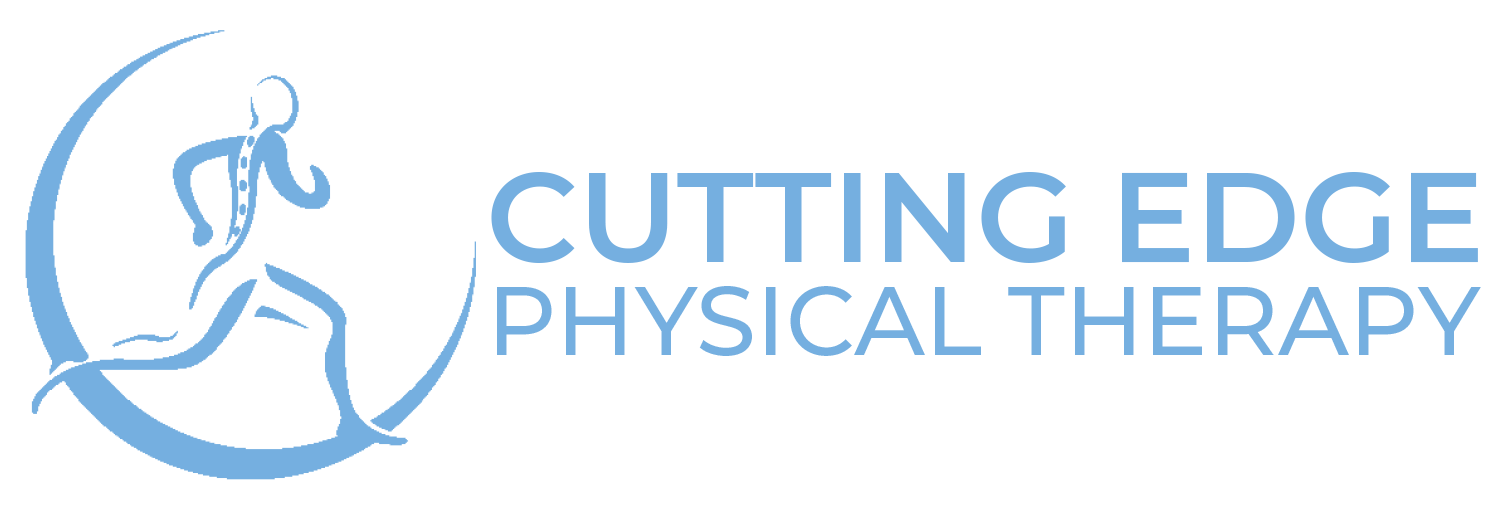Shoulder Physical Therapy
Shoulder pain can arise from within the shoulder joints and surrounding muscles, ligaments and tendons. On occasion, it is caused by a problem within the shoulder that worsens when you move it. Shoulder pain that isn’t worsened by moving your shoulder is more likely to be something called “referred pain,” which is caused by diseases or conditions affecting structures in your chest or abdomen. If shoulder pain is accompanied by difficulty breathing or a sense of tightness in the chest, please seek immediate medical attention as it may be a symptom of heart attack.
Rotator Cuff
Your rotator cuff is made up of the muscles and tendons in your shoulder. These muscles and tendons connect your upper arm bone with your shoulder blade. They also help hold the ball of your upper arm bone firmly in your shoulder socket. The combination results in the greatest range of motion of any joint in your body. A rotator cuff injury includes any type of irritation or damage to your rotator cuff muscles or tendons. Causes of a rotator cuff injury may include falling, lifting and repetitive arm activities — especially those done overhead, such as throwing a baseball or placing items on overhead shelves.
Frozen Shoulder
Frozen shoulder, also known as adhesive capsulitis, is a condition characterized by stiffness and pain in your shoulder joint. Signs and symptoms begin gradually, worsen over time and then resolve, usually within a two-year period. Your risk of developing frozen shoulder increases if you’ve recently had to have your arm in a sling for several weeks, or if you have had surgery in which your arm was immobilized in a specific position for a prolonged period.
Information courtesy of the American Physical Therapy Association.
The Cutting Edge Difference

Specialty-Level Care
Target your discomfort at the source with a customized treatment plan.

More Board Certified Experts
Experience high-quality care from a team you can trust.

Intentional Care
Enjoy individualized, compassionate care.
Frequently Asked Questions
If we are asking you to do something that is hurting too much, let us know! Physical therapy should not be severely painful. It is not common to be so sore that patients are in pain or it affects their daily life. If this ever happens during or after an appointment, let us know and we will adapt your program.
We recommend budgeting 40-60 minutes for a typical therapy session. The only exception to this will be your first visit, which can take about 20 minutes longer due to the physical therapy evaluation your therapist will provide. We also recommend showing up about 10-15 minutes early to your first visit. This way, you can complete the paperwork before your visit time and streamline the process.
A typical order for physical therapy will ask for 2-3 visits per week for 4-6 weeks. Sometimes the order will specify something different. What generally happens is for the first 2-3 weeks, we recommend 3x per week. This is because it will be the most intensive portion of your treatment. After that, it is common to taper to 2x weekly, based on your level of function and progress.
Yes. Physical therapy works based on the science of how the body rebuilds and heals. The biggest killer of progress is inconsistency. We recommend adhering to your prescribed sessions agreed upon in your PT Eval to achieve desired results.
A physical therapy visit lasts about 40-60 minutes. The actual contents of the visit vary based on your diagnosis/need, but typically what happens is:
- You check in with the receptionist, make any appointments necessary, and we discuss your health insurance benefits with you.
- You go into the gym. You can change clothes if you need to, then begin therapy.
- You perform 6-8 various exercises and stretches. These can include therapeutic band exercises, light body weight exercises, or minimal weights. The stretches will promote strength, stability, improved range of motion, and pain relief.
- We can initiate other techniques to include manual work, taping, cupping, and dry needling as needed.
- The therapist makes recommendations based on your progress. These can include altering the frequency of visits, making additions/alterations to your home exercise plan, or things to do before your next visit.
